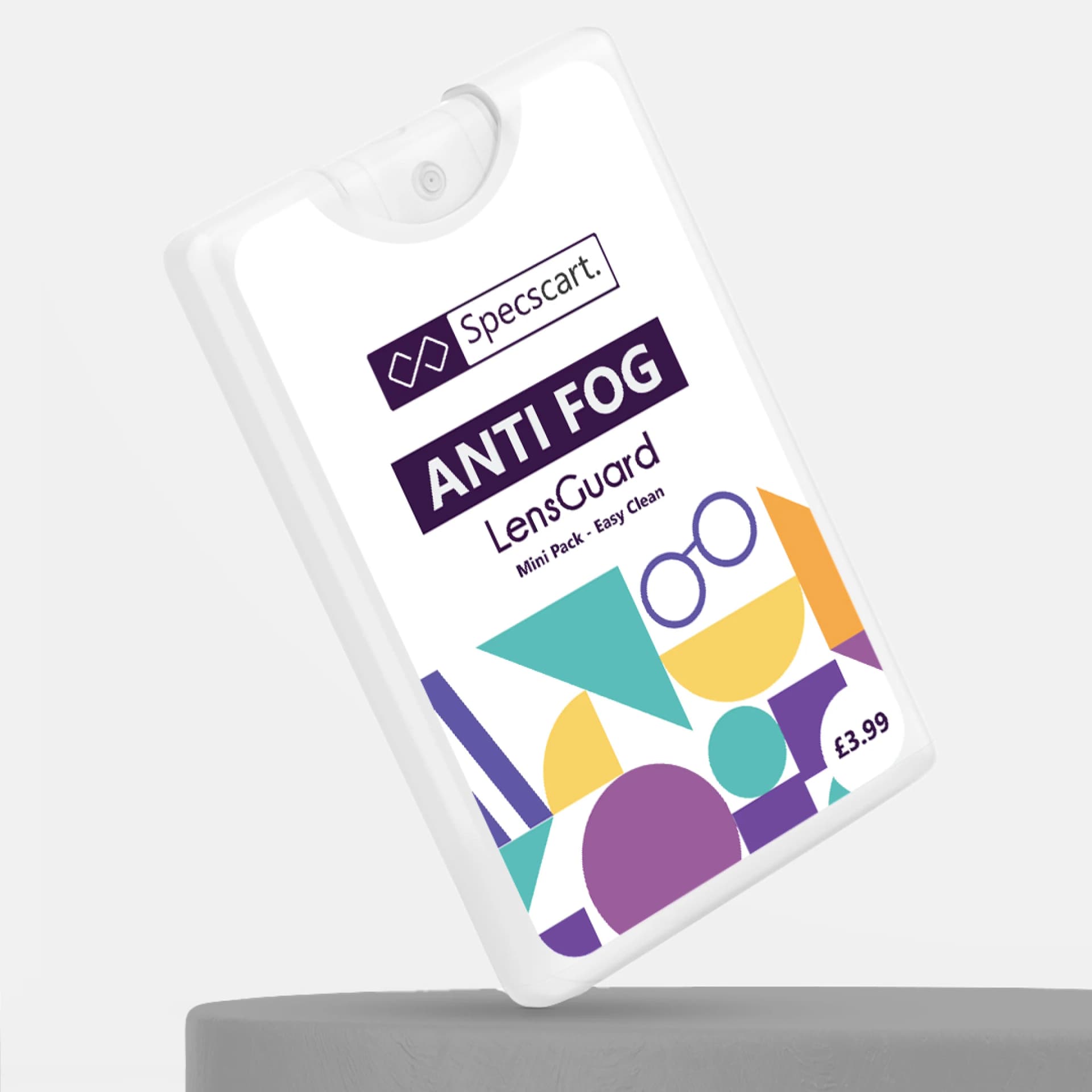What Is Hyperopia (Farsightedness)? Causes, Symptoms & Treatment

Content Manager
Your eyes work just like a camera. When light enters the eye, it passes through the transparent cornea, which bends (refracts) the light. The lens further refines this focus, directing the light onto the retina at the back of the eye. It is the retina that sends signals to the brain through our optic nerves and shows us the image in front of us. Refractive errors like hyperopia can add meaning to our lives as they blur our vision.
So, what is the hyperopia definition in short? When the light after refraction is not focused on the retina but far behind it, we call it hyperopia. Due to this, you might be able to see objects at a distance with ease, but objects that are close by look blurry. With that, let us tell you what hyperopia means, what causes hyperopia, how it can be corrected and the ultimate hyperopia cure.
What Causes Hyperopia?
Hyperopia, also known as farsightedness, is caused by the eye's inability to properly focus light onto the retina, often due to an eyeball that is too short or a cornea that is too flat. Children are able to compensate for this condition by using their eye muscles, but adults have to struggle while focusing on nearby objects for tasks like reading. This can lead to eye strain, headaches, and blurred near vision.
But what is hyperopia caused by? Experts say that it happens because of three primary reasons:
The eyeball is too short, which means the distance between the retina and the lens is small. The refracted rays focus at a position as if it were a normal eye, but the image forms beyond the retina instead.
The cornea (the curved transparent film) at the front is too flat. And thus unable to direct light correctly.
The lens is misplaced or in the wrong shape to refract properly. This condition is usually a result of an injury.
In most cases, the reason is that the eyeball is too short. Now you might wonder what causes shorter eyeballs. Well, your genes play a crucial role in that.
Signs and Symptoms of Hyperopia

As it must be clear by now, the symptoms of hyperopia include blurry vision and inability to see close-up objects properly. But you may also face:
Eye strains and teary eyes
Neck aches
Headaches
Most latent hyperopia symptoms are the same. In children, however, another sign, i.e, the crossing of eyes, can be observed too.
Treatment of Hyperopia
Well, hyperopia can be treated, and there are different ways one can use to correct the problem of hyperopia:
Eyeglasses: The easiest and most convenient way to correct farsightedness is by using eyeglasses with positive power prescription lenses.
Contact lenses: Contact lenses are another way that people correct this refractive error. They are used by people who don’t like the feel and style of eyeglasses.
Surgery: Lastly, you can go for eye surgery to correct your hyperopia. There are laser surgeries that can correct the refractive error to give you a clear vision.
Can You Have Both Hyperopia and Presbyopia at the Same Time?

This question is frequently asked by people, and the answer is yes. Not only can you have hyperopia and presbyopia at the same time, but you can also have myopia and presbyopia at the same time. The reason is that presbyopia is a result of growing old. It has nothing to do with the refractive error your eyes already have.
To understand this, let’s first define presbyopia for you. It is a condition in which the eyes aren’t able to see objects up close clearly. The reason is that the natural lens gets old with time. The muscles lose their elasticity, and it becomes difficult for the eyes to focus on stuff like smartphones, telephone numbers, and menu cards, which are right in front of the eyes. For this, presbyopic patients are usually recommended bifocals or varifocal glasses.
Are presbyopia and hyperopia the same? Well, no. Hyperopia is usually caused genetically. A child can also have it. Presbyopia, on the other hand, is a result of getting older. Because the natural lens loses its capability, it's difficult to move the eye muscles and focus.
You might have guessed the answer to the main query by yourself now. If a person has had hyperopia since he was a child and then his natural eye lens becomes stiff as he grows old, we say the person has both hyperopia and presbyopia.
Concluding Thought
Now that you know everything about hyperopia (farsightedness), it’s important to remember that regular eye tests are key to early detection and clear vision. At Specscart, we offer free comprehensive eye tests for everyone at our stores in Manchester, so you can book an appointment for yourself and your loved ones with ease. And when it comes to finding the perfect pair of glasses, we’ve got you covered with our wide range of premium, fashion-forward frames, all at prices up to 70% lower than the high street. Every pair comes with free clear fully loaded lenses, which can be customised to your prescription to correct hyperopia or myopia.
Unlock a £10 gift voucher instantly when you follow us. Just hit us up over DM and we will reply back with an exclusive code.
Caution: You may become style obsessed
Your way finder
2000+ Trendy Styles

Fashion Forward Sunnies




















































